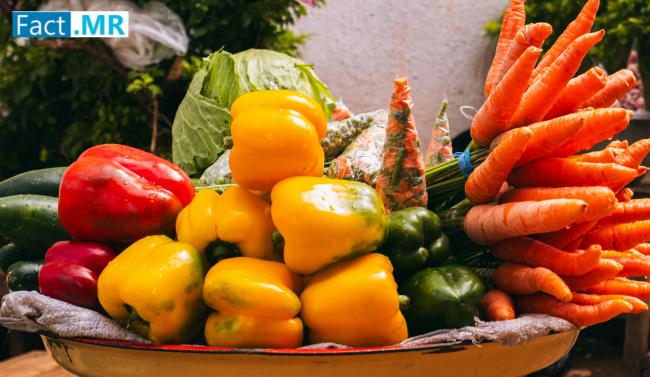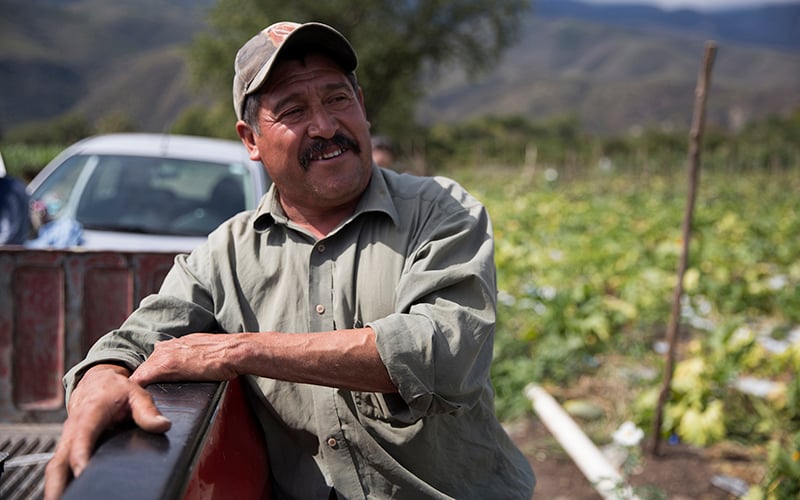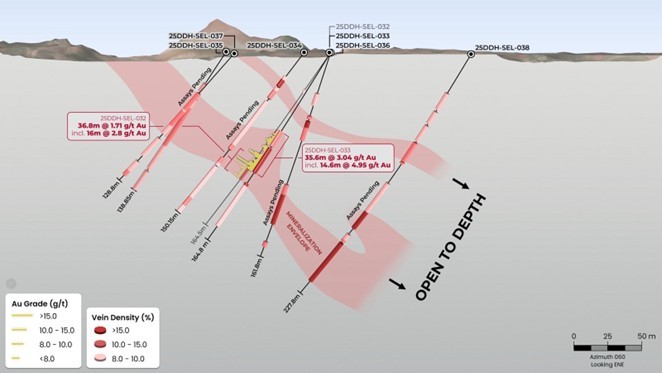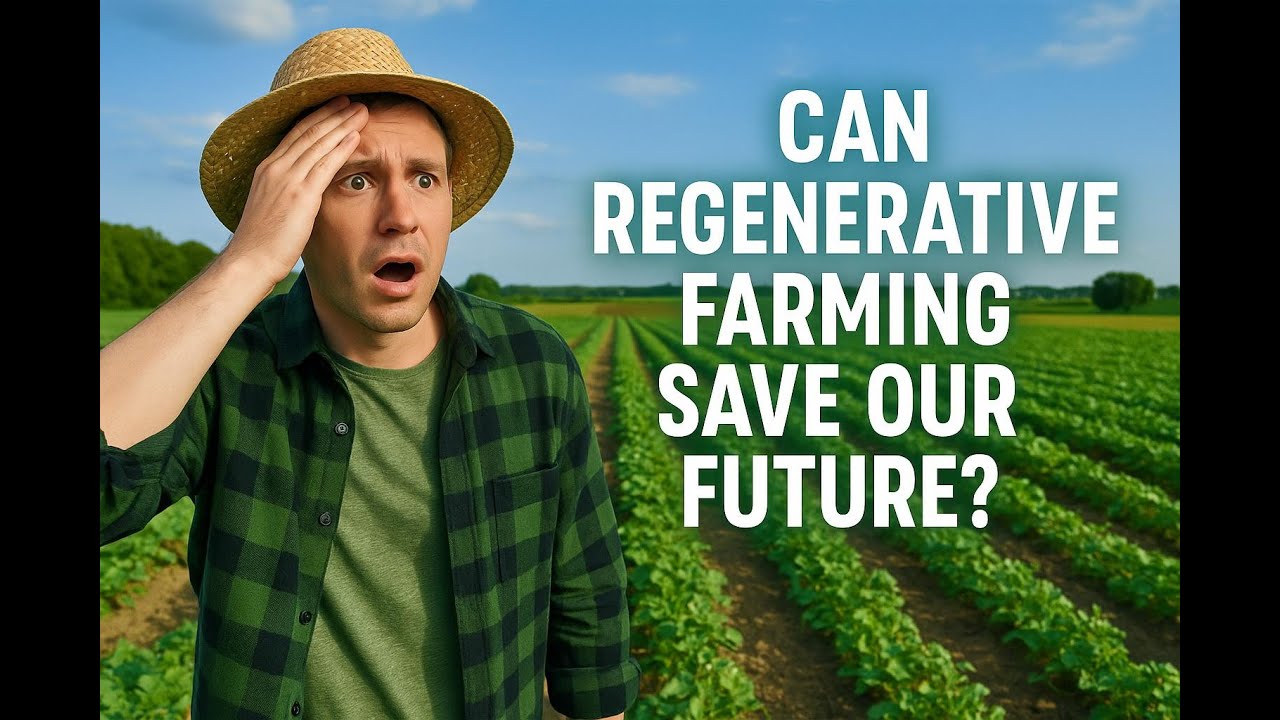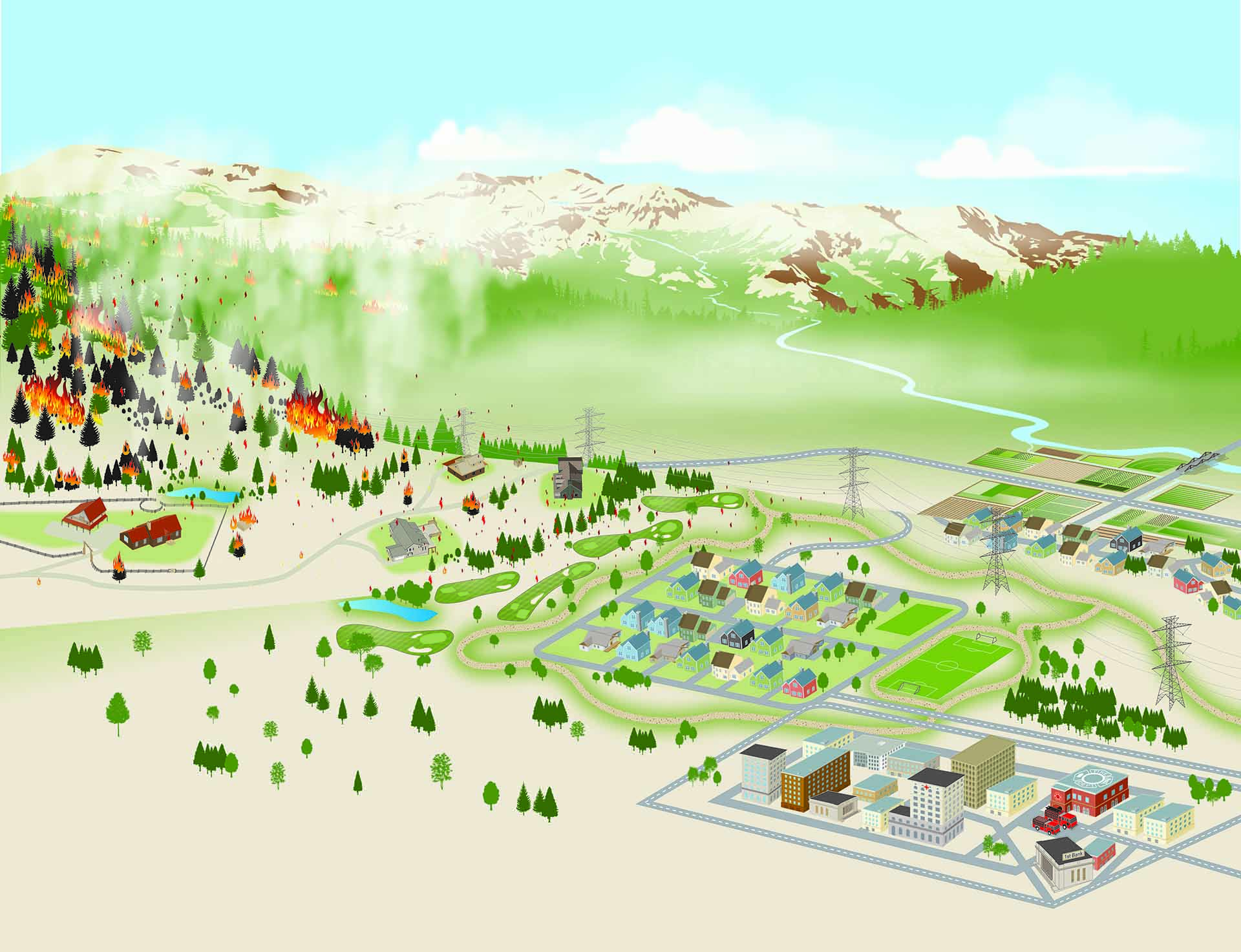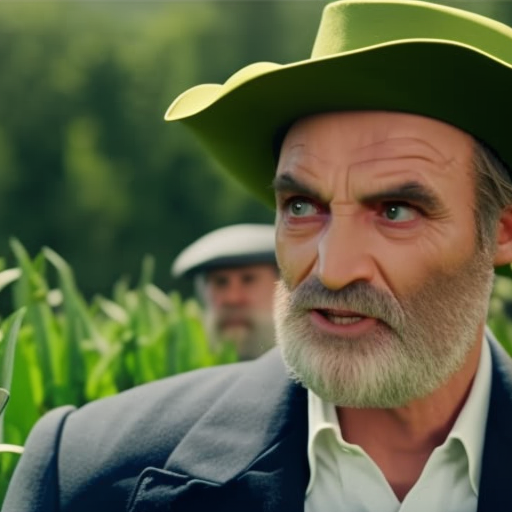
In a nutshell
- The EU’s storied farm support system is being loaded with new goals
- Brussels imposed ever stricter and costlier regulations on the farming sector
- Many farmers are alarmed as subsidies shrink and food markets open up
Agricultural policy’s shifting goals
- The way the European Commission describes it today, CAP is “a partnership between society and agriculture that ensures a stable supply of food, safeguards farmers’ income, protects the environment and keeps rural areas vibrant.”
- In 1962, the goals of Europe’s interventionist agriculture management were defined as: increasing farm productivity and food supply security and safety; promoting market stabilization (both in prices and quantities); and ensuring decent incomes for farmers and affordable food prices for European consumers.
Facts & figures
Agricultural policy’s shifting goals
- The way the European Commission describes it today, CAP is “a partnership between society and agriculture that ensures a stable supply of food, safeguards farmers’ income, protects the environment and keeps rural areas vibrant.”
- In 1962, the goals of Europe’s interventionist agriculture management were defined as: increasing farm productivity and food supply security and safety; promoting market stabilization (both in prices and quantities); and ensuring decent incomes for farmers and affordable food prices for European consumers.
Farmers’ anger and desperation
For more than a year in the Netherlands and Germany, and more recently in Poland, France, Belgium, Italy, Portugal, Spain, Greece and the Czech Republic, farmers have been busy setting road blockades and spreading manure in front of government buildings. The goal is to demonstrate their frustration over European Union policies. Brussels has responded meekly, backpedaling on some of the more controversial issues in the year of European Parliament elections. However, in the long run, the tension will not go away.
At the heart of this crisis is how the EU’s signature Common Agricultural Policy (CAP) has evolved since its inception in 1962: from an inclusive and generous farm support system operating inside the protected “fortress Europe” marketplace to today’s design of shrinking subsidies, rising costs, extensive red tape and bureaucrats nearly making production decisions on their own – and all that against the backdrop of the European single market opening to international agricultural trade.
Example: France’s farming sector
France, the poster child of the CAP-driven agriculture (not least because it collects the largest single chunk of the system’s subsidies, at 17 percent in 2019), is a good place to look for clues on today’s farming industry key players.
One group comprises big farms. Given land consolidation and subsidies to increase productivity, large-area farms have emerged as a result of CAP. They are the winners of the existing setup, especially the cereal growers. This group’s umbrella organization, La Federation Nationale des Syndicats d’Exploitants Agricoles (FNSEA), is the biggest farming group in the country and has, in fact, co-managed the farm business with France’s agriculture ministry since the inception of CAP.
Big farms have a vested interest in free trade as their members export a lot. They typically employ intensive production methods with heavy use of pesticides and fertilizers. For that, they are criticized by environmentalists and citizens who have to live with the consequences of, for example, nitrogen pollution or animal gut bacteria in waters close to industrial pig farms. They are somewhat critical of the new climate targets, the EU Green Deal and CO2-neutral policies.
Most CAP money goes to this group: 20 percent of France’s biggest farmers receive 35 percent of EU subsidies. While the FNSEA praises the industrialized farm sector for its productivity and high added value, many criticize its alleged regulation and subsidies capture and cozy cooperation with the state, as illustrated this year by the police’s guarded response to the violence of protesting farmers.
Another group is the small, often heavily indebted, less productive farms operating within the conventional agricultural model. They, too, are often part of the FNSEA as they feel that is the only way they can be heard by the ministers and the EU. They also criticize the deluge of regulations and Brussels’ overreaching bureaucracy, including its mushrooming ecological constraints. They oppose the termination of the tax break on farm diesel. While this group does not receive the bulk of CAP subsidies, its members are nonetheless very dependent on them for their income. These subsidies represented more than half of their farms’ added value in 2021, compared to less than 20 percent for the largest farms.
Farmers in this bracket tend to oppose free trade. They perceive it as inconsistent that the EU imposes ever stricter norms on European farms while welcoming imported products that do not measure up to such norms – and can hardly be “CO2-neutral” given they are transported from faraway places. The small farms sector demands price floors to mitigate price volatility. It finds itself among the losers of globalization and asks for protectionism.
A third group consists of small, organic, “alternative” farms. Their operators promote environmental consciousness, agree with the Green Deal agenda and the Farm to Fork strategy, do not use pesticides and tend to be politically on the left. They, too, are critical of EU norms but for a different set of reasons: they see them as being too “centralized” and detached from the ecological needs of each local culture and soil, essentially, as not “green” enough. They advocate biodiversity and deconsolidation of farmland to reintroduce the hedges. They, too, criticize free trade and favor localism. Often members of the union Confederation Paysanne (Peasant Confederation), they discuss staging their own separate protests.
Despite their differing ideologies, both of those small groups find it hard to deal with big, often cartelized distributors and complain about the downward pressure on prices while their production costs have soared.
Scenarios
Given the magnitude of the farmers’ protests, the EU Commission caved on its climate targets for agriculture, on the pesticide reduction scheme and partly on Ukrainian imports. Fallow land requirements will also be suspended in 2024. Previously proposed soil and grassland regulations will be relaxed, and red tape will be simplified for small farms. In France, the government promised its farmers price floors, put the Ecophyto Plan on ice (it aimed to reduce pesticides) and officially opposed the current EU-Mercosur free trade talks.
Most likely: Tactical retreat away from new CAP goals
The crisis has induced an apparent 180-degree policy shift from “sustainability” to “food security and competitiveness” goals in
SDGs, Targets, and Indicators
| SDGs | Targets | Indicators |
|---|---|---|
| SDG 2: Zero Hunger | Target 2.3: By 2030, double the agricultural productivity and incomes of small-scale food producers, in particular women, indigenous peoples, family farmers, pastoralists, and fishers, including through secure and equal access to land, other productive resources and inputs, knowledge, financial services, markets, and opportunities for value addition and non-farm employment. | Indicator 2.3.1: Volume of production per labor unit by classes of farming/pastoral/forestry enterprise size. |
| SDG 8: Decent Work and Economic Growth | Target 8.5: By 2030, achieve full and productive employment and decent work for all women and men, including for young people and persons with disabilities, and equal pay for work of equal value. | Indicator 8.5.1: Average hourly earnings of female and male employees, by occupation, age group, and persons with disabilities. |
| SDG 12: Responsible Consumption and Production | Target 12.3: By 2030, halve per capita global food waste at the retail and consumer levels and reduce food losses along production and supply chains, including post-harvest losses. | Indicator 12.3.1: Food loss index. |
| SDG 13: Climate Action | Target 13.2: Integrate climate change measures into national policies, strategies, and planning. | Indicator 13.2.1: Number of countries that have communicated the establishment or operationalization of an integrated policy/strategy/plan which increases their ability to adapt to the adverse impacts of climate change, and foster climate resilience and low greenhouse gas emissions development in a manner that does not threaten food production. |
| SDG 15: Life on Land | Target 15.1: By 2020, ensure the conservation, restoration, and sustainable use of terrestrial and inland freshwater ecosystems and their services, in particular forests, wetlands, mountains, and drylands, in line with obligations under international agreements. | Indicator 15.1.1: Forest area as a proportion of total land area. |
Analysis
1. Which SDGs are addressed or connected to the issues highlighted in the article?
- SDG 2: Zero Hunger
- SDG 8: Decent Work and Economic Growth
- SDG 12: Responsible Consumption and Production
- SDG 13: Climate Action
- SDG 15: Life on Land
The article discusses issues related to agricultural policies, farmers’ protests, and the impact on food production, income, and the environment. These issues are directly connected to the SDGs mentioned above.
2. What specific targets under those SDGs can be identified based on the article’s content?
- Target 2.3: By 2030, double the agricultural productivity and incomes of small-scale food producers.
- Target 8.5: By 2030, achieve full and productive employment and decent work for all women and men.
- Target 12.3: By 2030, halve per capita global food waste at the retail and consumer levels and reduce food losses along production and supply chains.
- Target 13.2: Integrate climate change measures into national policies, strategies, and planning.
- Target 15.1: By 2020, ensure the conservation, restoration, and sustainable use of terrestrial and inland freshwater ecosystems and their services.
The article highlights the need to address agricultural productivity, income levels, food waste, climate change measures, and the conservation of ecosystems. These targets align with the SDGs mentioned above.
3. Are there any indicators mentioned or implied in the article that can be used to measure progress towards the identified targets?
- Indicator 2.3.1: Volume of production per labor unit by classes of farming/pastoral/forestry enterprise size.
- Indicator 8.5.1: Average hourly earnings of female and male employees, by occupation, age group, and persons with disabilities.
- Indicator 12.3.1: Food loss index.
- Indicator 13.2.1: Number of countries that have communicated the establishment or operationalization of an integrated policy/strategy/plan which increases their ability to adapt to the adverse impacts of climate change.
- Indicator 15.1.1: Forest area as a proportion of total land area.
The article mentions the need to measure production volume per labor unit, average earnings, food loss, climate change policies, and forest area. These indicators can be used to track progress towards the identified targets.
SDGs, Targets, and Indicators
| SDGs | Targets | Indicators |
|---|---|---|
| SDG 2: Zero Hunger | Target 2.3: By 2030, double the agricultural productivity and incomes of small-scale food producers, in particular women, indigenous peoples, family farmers, pastoralists, and fishers, including through secure and equal access to land, other productive resources and inputs, knowledge, financial services, markets, and opportunities for value addition and non-farm employment. | Indicator 2.3.1: Volume of production per labor unit by classes of farming/pastoral/forestry enterprise size. |
| SDG 8: Decent Work and Economic Growth | Target 8.5: By 2030, achieve full and productive employment and decent work for all women and men, including for young people and persons with disabilities, and equal pay for work of equal value. | Indicator 8.5.1: Average hourly earnings of female and male employees, by occupation, age group, and persons
Copyright: Dive into this article, curated with care by SDG Investors Inc. Our advanced AI technology searches through vast amounts of data to spotlight how we are all moving forward with the Sustainable Development Goals. While we own the rights to this content, we invite you to share it to help spread knowledge and spark action on the SDGs. Fuente: gisreportsonline.com
Join us, as fellow seekers of change, on a transformative journey at https://sdgtalks.ai/welcome, where you can become a member and actively contribute to shaping a brighter future.
|


